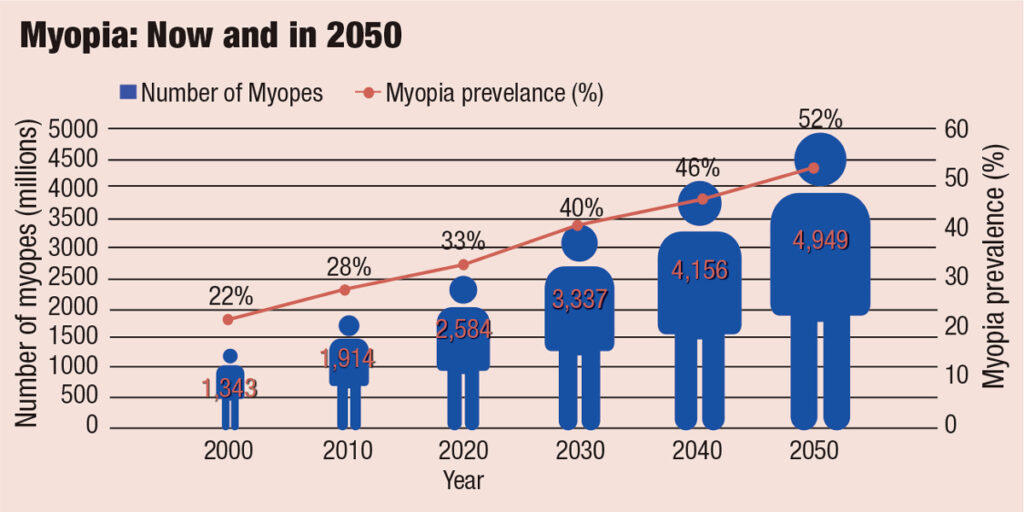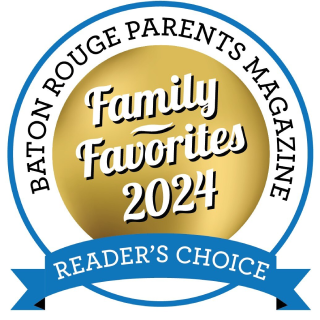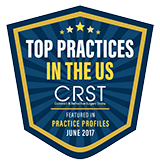Williamson Eye Center is pleased to provide Myopia Management in the Greater Baton Rouge area. The only FDA-approved way to both correct a child’s vision and slow the progression of myopia (nearsightedness).
Trouble seeing the board at school, frequent squinting, complaints of headaches, a rising amount screen time—whatever prompted you to schedule an eye appointment for your child, it was clear: something was wrong. Next, you learn that your child has myopia or nearsightedness. What do you do now?
First, it’s important that you do something. Myopia is a growing crisis, but the good news is now there are ways to both slow the progression and correct vision to preserve and protect the precious gift of sight.
What is myopia?
It’s not a word that people use every day, but myopia is becoming an increasingly more common condition. Myopia, more commonly known as nearsightedness, is the inability to see objects clearly at a distance.
Your child’s distance vision begins to blur because their eyeball is becoming longer as they grow.

When it comes to the prevalence of myopia, the statistics are staggering.

In the US alone, more than 40% of Americans have myopia and that number is increasing at an alarming rate, especially among school-aged children.
The reason for it’s escalation has been linked to two factors:
- Genetics: Children with one or two myopic parents are more likely to be myopic.
- Lifestyle: Children who spend more time on activities like reading or using handheld devices instead of spending time outdoors are more likely to become myopic.
Myopia is commonly diagnosed in childhood. It can progress and worsen over time, potentially leading to more severe sight threatening conditions later in life, including:
- Retinal Detachment
- Glaucoma
- Cataracts
- Myopic Maculopathy
How do I know if my child has myopia?
The only way to know if child has myopia is through a comprehensive eye exam. Whether or not your child complains of not being able to see objects in the distance clearly – such as the board at the front of their classroom – they should have annual comprehensive eye exams to check for myopia and other eye conditions that may not have signs or symptoms. Contact us today to schedule an exam.
What is Myopia Management?
At Williamson Eye Center, our Myopia Management specialists are excited to offer FDA-approved treatment options to both correct a child’s vision AND slow the growth of the eye that causes myopia progression.
Kids should grow stronger, their nearsightedness shouldn’t.
Ask us how you can start managing your child’s myopia today with the Brilliant Futures MiSight® daily disposable contact lens.
The MiSight® Lens is FDA approved.*
MiSight® daily soft contact lenses are specifically designed for myopia control and are FDA approved* to slow the progression of myopia in children aged 8-12 at the initiation of treatment.1†
Clinically proven1 and safe.3
Over a 3-year period, there was a 59% reduction in myopia progression on average.1† Over a 6-year period, children wearing MiSight® 1 day progressed less than 1.00D on average.4‡
Child friendly and easy to use.
After using MiSight® daily contact lenses for three years, 90% of children could insert and remove the MiSight® daily lens on their own.5| Additionally, after using MiSight® daily contact lenses for three years, 90% of children still strongly preferred them over their glasses.6



